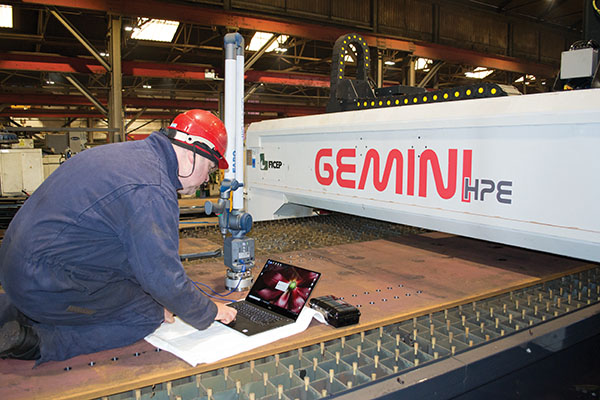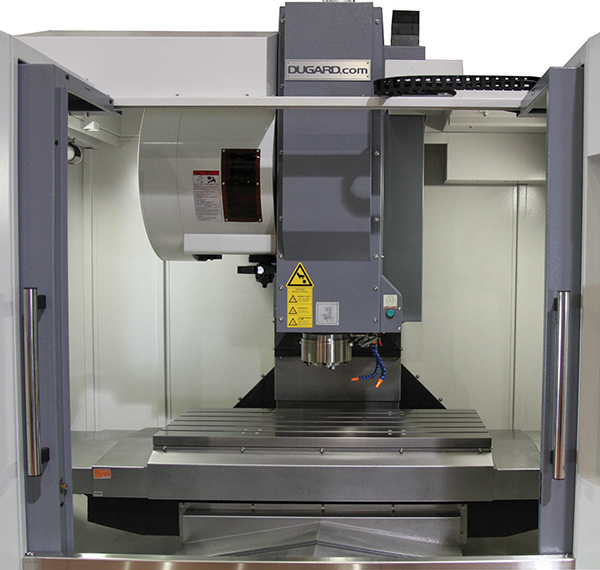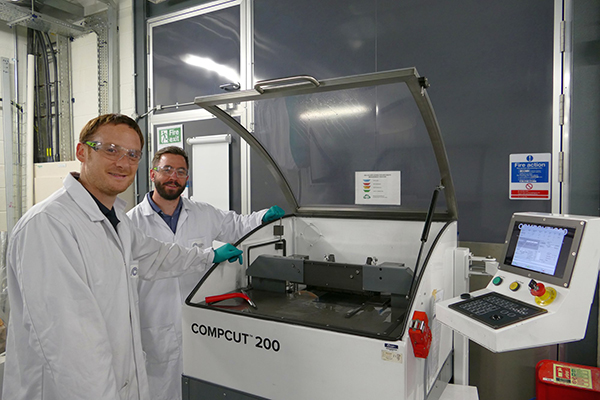To enable the efficient completion of a challenging project in a nuclear plant, UK engineering and steel service provider, Coatbridge-based Watson Towers, recently purchased a 3.5 m capacity version of Faro’s QuantumE ScanArm, fitted with a FaroBlu laser line probe SD and supported by the company’s CAM2 metrology software.

The tasks in question were to accurately reverse engineer large fabricated parts located inside the nuclear plant, then to produce new parts that were precise duplicates of the originals, and finally to fit the newly manufactured components.
Watson Towers’ general manager Iain Hussey says: “Having won a major contract from a client involved in the nuclear industry, we needed to invest in an advanced laser scanning system that would allow us to perform in-depth, non-contact scans of the large elements which needed to be reverse engineered. The captured point clouds could then be used to create the CAD models required for the duplicate fabrications.
“When compared with the alternatives, we concluded that the QuantumE ScanArm provided an accurate, reliable and comprehensive solution for our requirements,” he adds. “We were particularly impressed by the system’s high-speed point cloud capture and resolution.
We also realised that, not only would the QuantumE be perfect for the precise scanning of components at the nuclear power site, the device would also prove useful for many of our other on-site and off-site scanning and measuring tasks.
“For instance, by employing the QuantumE ScanArm on our new Ficep Gemini thermal-cutting machine (pictured), we are able to ensure its consistently high productivity and the quality of its work.”
For further information www.faro.com























